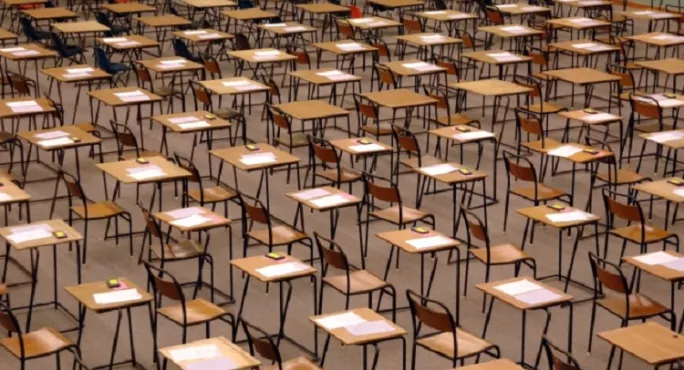This week’s decision by Nicky Morgan to allow the Weald of Kent Grammar school to open a new “annex” in Sevenoaks has been a big story. Grammar schools have their passionate advocates and critics, and each have had a good airing in the media.
For the record, I am a staunch opponent of selection at 11. There are many success stories from those who benefited from a grammar school education, but I am more focused on those who miss the cut. For children not chosen by the 11-plus, life chances are stunted; and my passion for education is underpinned by a belief in the potential of every child.
One of my biggest regrets from my time in office as schools minister was that we never found a way of lifting the ending of selection at 11 out of the drawer labelled “too difficult”.
One of the unfairnesses of this system is the number of pupils who are privately tutored, often to help with the entrance exams. A 2013 Institute of Education study, with an admittedly small sample, found that “72 per cent of 212 first year grammar school pupils said they had been tutored for entrance exams in their last years of primary school”. And attempts in Buckinghamshire to introduce a “tutor-proof” 11-plus appear to have further advantaged privately educated pupils, certainly initially.
I don’t criticise the decisions that parents make for their own children. We all want to do our best for our own families, and I went to an independent school myself. However, I don’t think the taxpayer should be supporting, and extending, a system that allows the wealthy to buy further advantage.
It also seems that societal pressures are pushing parents into feeling that they need to spend a lot of money on tutoring for their children - and the sums they spend are staggering.
A recent study by Newcastle University and NatCen found that 22 per cent of 11-year-olds are receiving help from private tutors. Each cohort contains some 550,000 pupils, so 121,000 are being tutored. The average cost of tutoring is around £24 per hour, depending where in the country you live. If the average number of hours purchased per pupil was just 20, then parents of 11-year-olds in England are spending more than £58 million a year on private tutors.
This is a very conservative estimate of spending on just one cohort. The overall sum spent on all children is estimated to be more than £1 billion.
I am not opposed to tutoring in principle. It may, for example, be a reasonable use of pupil premium funding in some circumstances. It could be helpful in stretching the gifted and talented. Social enterprises like the Access Project use volunteer tutors to provide one-to-one support for pupils in disadvantaged areas.
But if education is to be an engine of social mobility and extend opportunity, we should face up to the effect of selection and private tutors.
We should also accept that there are no easy answers. The epicentre of the tutoring market is London, despite London schools outperforming the national average. The latest figures show that London was the top-performing region in the country with 59.5 per cent of pupils achieving five A*-C GCSEs including English and maths. And yet London parents seem the most pressured to tutor their children.
These statistics were released yesterday. It is worth checking them out. They separate schools by type and show that, across all mainstream schools, 57.1 per cent of pupils achieved five A*-C GCSEs including English and maths last year. For selective schools, that figure was 96.4 per cent, compared with 48.6 per cent for secondary moderns - evidence of the divide between those who make the cut in the 11-plus and those who don’t.
The same stats also show how academies and free schools are doing compared with local authority schools. It is worth noting that local authority schools continue to outperform sponsored academies and free schools. Their number is diminishing as more high-performing schools convert to academy status. The relative performance in the 5ACEM measure is: local authority 55.1 per cent; sponsored academies 44.7 per cent; converter academie: 63.3 per cent; and free schools 50.5 per cent.
This suggests that school structures are making very little difference to results. But you may have missed this embarrassing news - the Department for Education released these statistics on the same day they chose to announce the grammar school decision.




